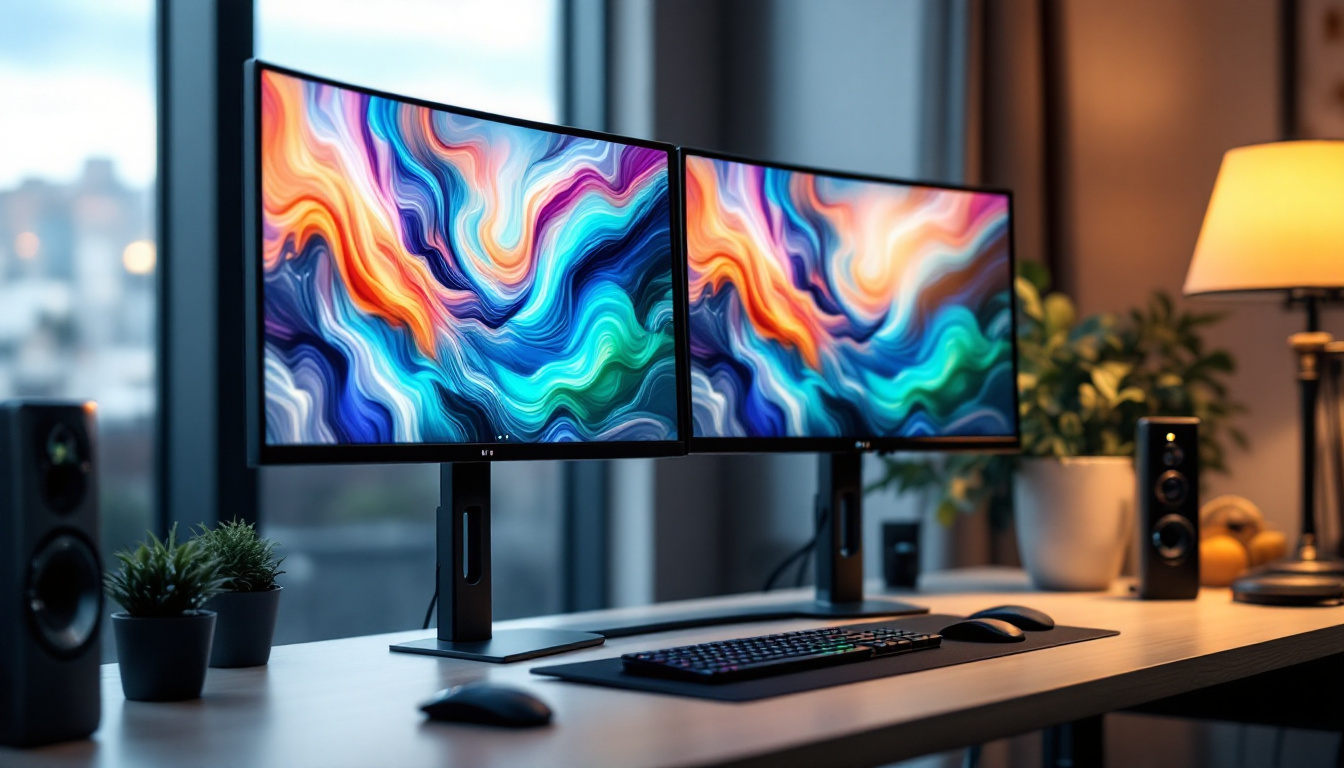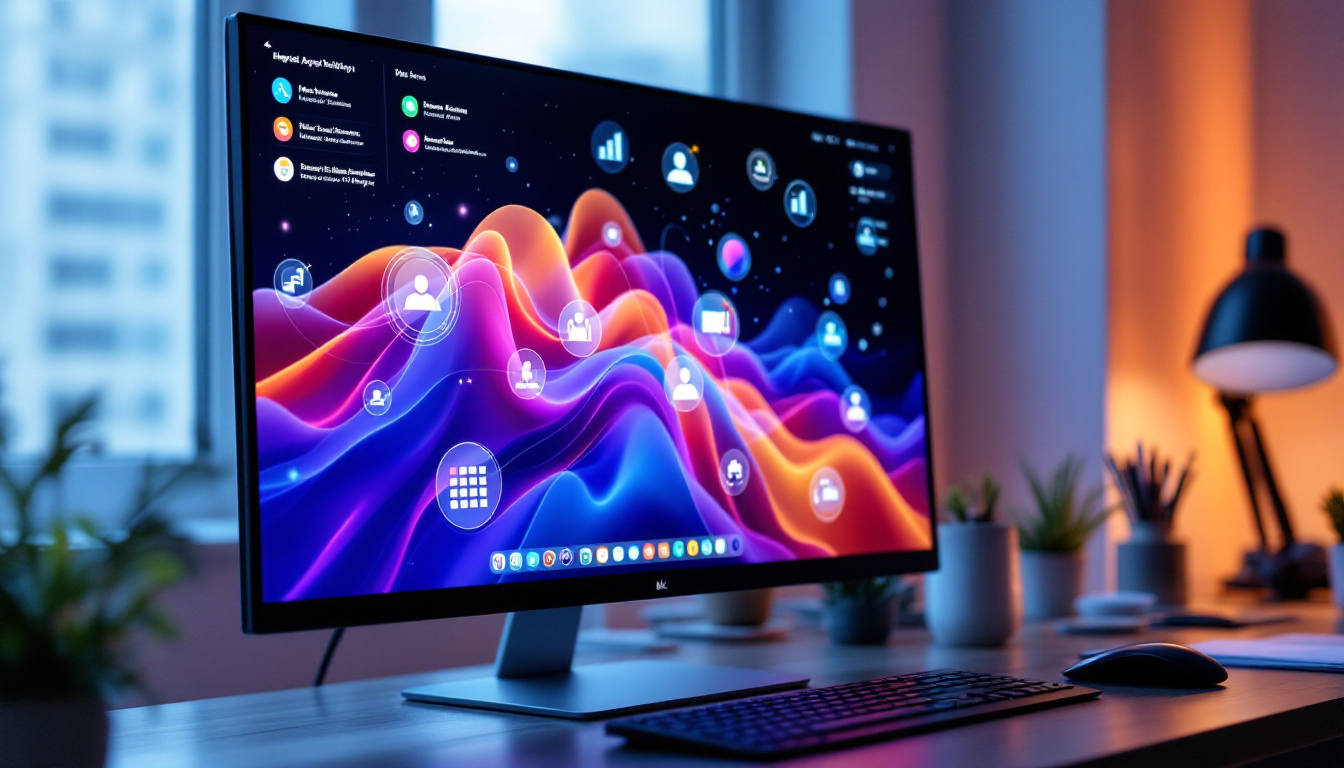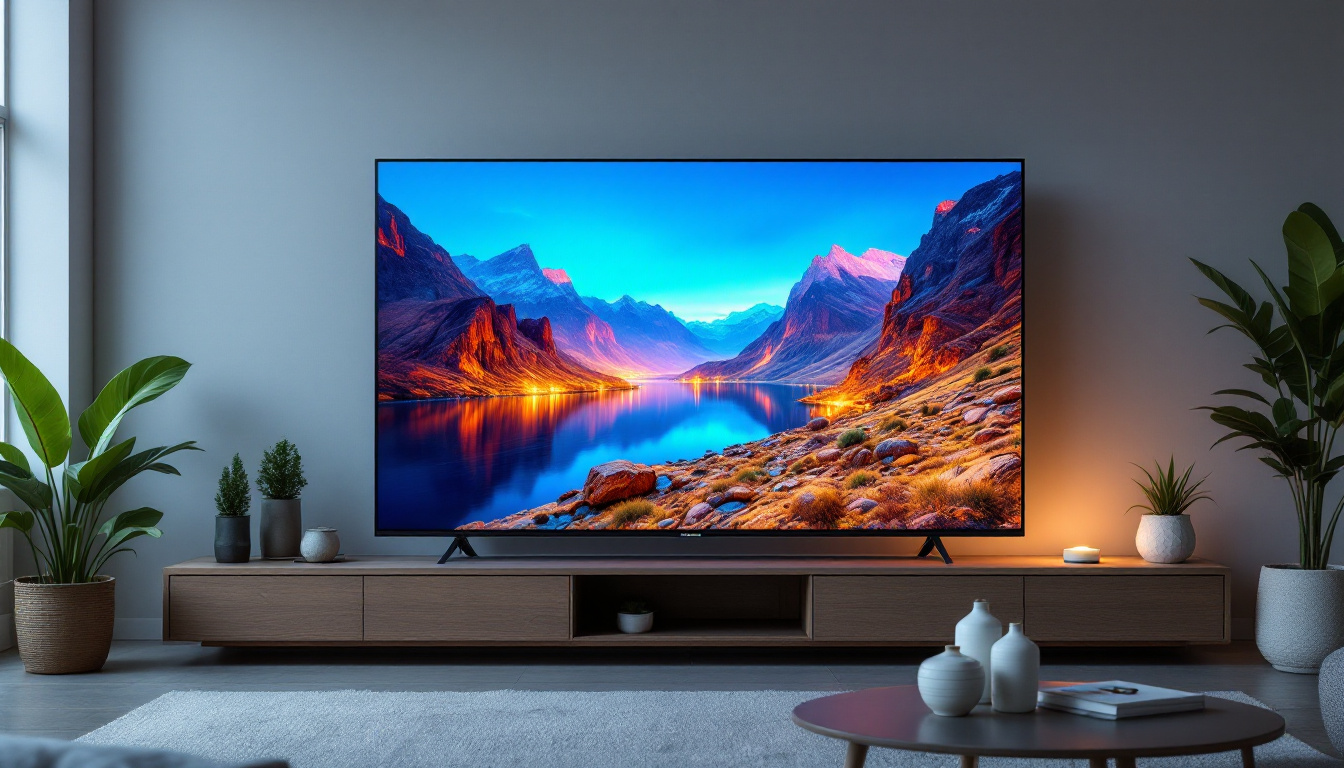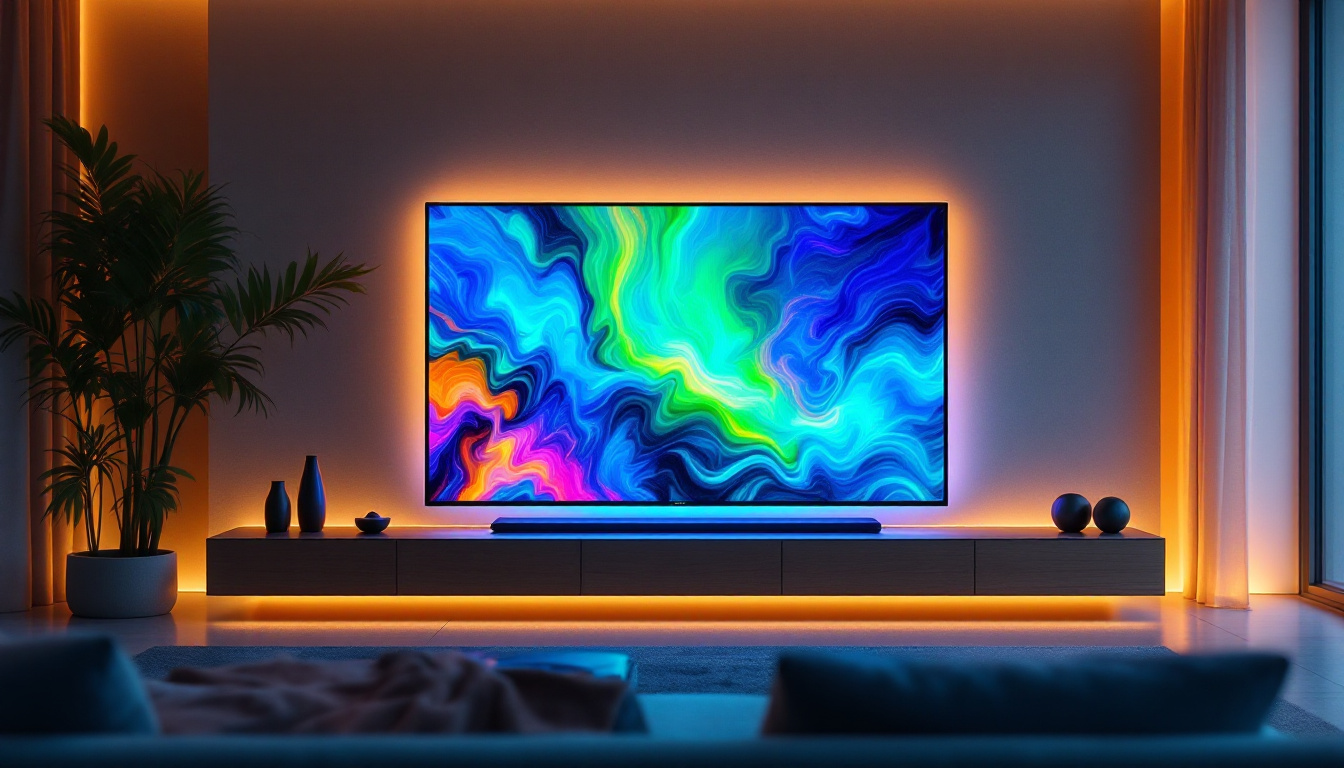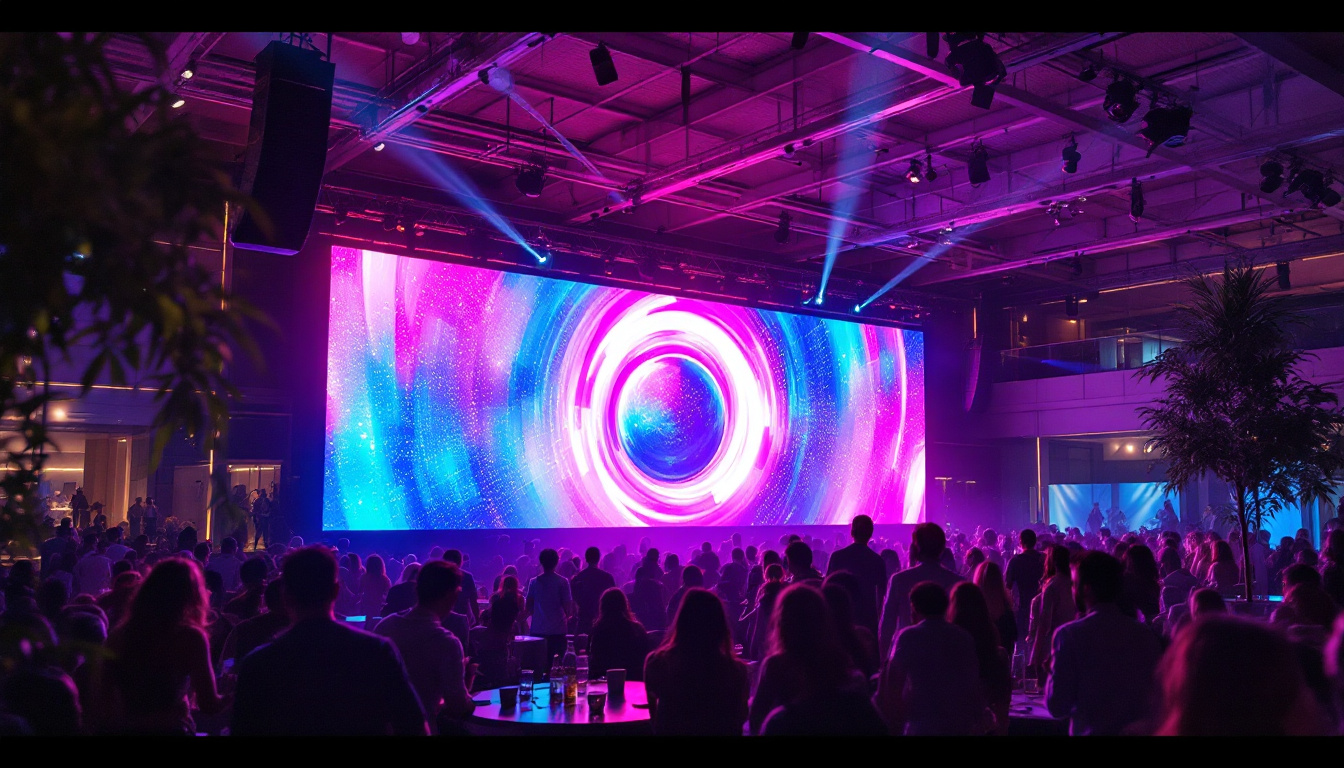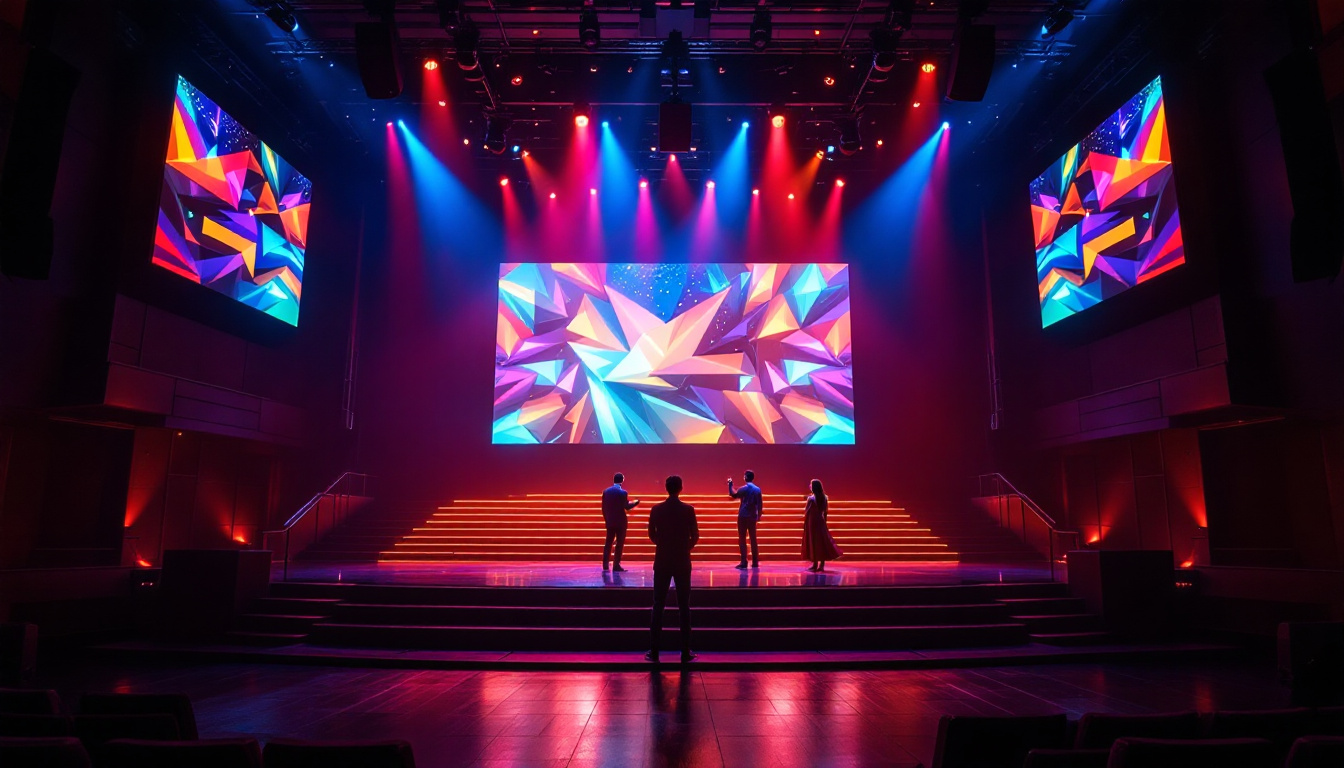Understanding the precise measurements of LED displays is crucial for professionals and enthusiasts alike, whether in electronics, design, or manufacturing. One common measurement that often arises is the conversion of inches to millimeters, especially when dealing with small-scale LED screens. This article explores the conversion of 1.2 inches to millimeters and delves into how this measurement relates to LED displays, their design, and practical applications.
Converting 1.2 Inches to Millimeters: The Basics
Inches and millimeters are two of the most common units of length measurement used worldwide. Inches are primarily used in the United States and a few other countries, while millimeters belong to the metric system, which is the global standard in science and engineering.
To convert inches to millimeters, the standard conversion factor is:
1 inch = 25.4 millimeters
Therefore, to convert 1.2 inches to millimeters, the calculation is:
1.2 inches × 25.4 mm/inch = 30.48 mm
This means that 1.2 inches is exactly 30.48 millimeters. This precise conversion is essential when designing or specifying LED displays where dimensions must be exact for fitting, mounting, or integration purposes.
Why Precise Measurement Matters in LED Displays
LED displays, especially smaller ones like those measuring around 1.2 inches diagonally, are used in applications where space constraints and clarity are critical. For example, wearable devices, handheld instruments, and compact control panels often use LED displays in this size range.
Accurate measurement in millimeters ensures that components fit perfectly within the device housing. Even minor discrepancies can lead to issues such as improper mounting, display misalignment, or interference with other hardware components.
Moreover, the precision in measurement not only affects the physical fit but also influences the visual performance of the display. In applications like augmented reality glasses or smartwatches, where the display is viewed closely, even slight variations in size can distort the viewing experience, leading to pixelation or blurriness. This is particularly important in environments where quick information retrieval is essential, such as in medical devices or automotive dashboards, where clarity and responsiveness can impact safety and functionality.
Furthermore, as technology continues to advance, the demand for high-resolution displays increases. This necessitates not only precise dimensions but also a meticulous approach to the overall design and integration of the display within the device. Manufacturers must take into account not just the size but also the thickness, weight, and power consumption of the LED displays to ensure that they meet the rigorous standards expected by consumers and professionals alike.
Understanding LED Display Sizes and Their Measurement
When discussing LED displays, the size is typically given as the diagonal length of the screen. This is similar to how television and monitor sizes are measured. A 1.2-inch LED display refers to the diagonal measurement of the active display area.
Converting this diagonal measurement into millimeters, as shown earlier, gives a clearer understanding of the actual size, especially when working with technical drawings or specifications that use the metric system. This conversion is particularly useful in global markets where different regions may prefer varying units of measurement, ensuring that designers and engineers can communicate effectively across borders.
Common Uses for 1.2-Inch LED Displays
1.2-inch LED displays are popular in a variety of compact electronic devices. Some common applications include:
- Wearable Technology: Smartwatches and fitness trackers often use small LED or OLED displays around this size to provide clear information without adding bulk.
- Medical Devices: Portable medical instruments like glucose meters or pulse oximeters utilize small LED displays for real-time data visualization.
- Industrial Controls: Compact control panels in machinery may feature 1.2-inch LED screens to show status indicators or simple readouts.
- Consumer Electronics: Devices such as digital cameras, remote controls, or handheld gaming consoles sometimes incorporate small LED displays for menus and notifications.
In each case, knowing the exact size in millimeters helps engineers design enclosures and circuit boards that accommodate the display without wasting space or compromising ergonomics. Moreover, as technology advances, the demand for smaller yet more powerful displays continues to grow, pushing manufacturers to innovate and enhance the capabilities of these compact screens. This trend is evident in the increasing integration of touch sensitivity and higher brightness levels, which further enhance the usability of 1.2-inch displays in various environments.
Aspect Ratio and Resolution Considerations
While size is important, the aspect ratio and resolution of an LED display determine how information is presented visually. A 1.2-inch display could come in various resolutions, from simple numeric readouts to full-color graphic interfaces.
For example, a 1.2-inch OLED display might have a resolution of 128×128 pixels, offering a square aspect ratio suitable for icons and text. Alternatively, some LED displays might be rectangular, such as 1.2 inches diagonal with a 16:9 aspect ratio, ideal for video or more complex graphics. The choice of resolution is crucial, as it directly impacts the clarity and detail of the images displayed, which is particularly important in applications like medical devices where precision is vital.
Understanding the physical size in millimeters alongside resolution and aspect ratio enables designers to optimize user experience, ensuring text and images are sharp and legible at the intended viewing distance. Additionally, advancements in display technology, such as higher pixel densities and improved color accuracy, allow for more vibrant and detailed visuals, making even small displays capable of delivering an impressive user experience. As a result, the interplay between size, resolution, and aspect ratio continues to be a focal point in the design of modern electronic devices, pushing the boundaries of what can be achieved in compact formats.
Technical Specifications of 1.2-Inch LED Displays
When selecting or designing with a 1.2-inch LED display, several technical specifications must be considered beyond just size. These include pixel pitch, brightness, color capabilities, and power consumption.
Pixel Pitch and Density
Pixel pitch refers to the distance between the centers of two adjacent pixels, usually measured in millimeters. Smaller pixel pitch means higher pixel density, resulting in sharper images.
For a 1.2-inch display, pixel pitch is critical because the display area is limited. For example, a 1.2-inch display with a 0.1 mm pixel pitch would have a significantly higher resolution than one with a 0.3 mm pitch. This difference affects clarity, especially for text and detailed graphics.
Brightness and Viewing Angles
Brightness is measured in nits (cd/m²) and is vital for visibility under various lighting conditions. Small LED displays, such as those around 1.2 inches, often need to balance brightness with power efficiency, especially in battery-powered devices.
Viewing angle is another important factor. A display with a wide viewing angle ensures that the screen remains readable even when viewed from the side, which is essential for wearable devices or industrial controls where the user may not always look directly at the screen.
Color and Display Technology
LED displays can be monochrome or full-color. Monochrome displays are simpler, with lower power consumption, and are often used for numeric or basic graphical information.
Full-color LED or OLED displays provide richer visuals but require more complex driving electronics and higher power. The choice depends on the application’s requirements for visual appeal and information complexity.
Practical Examples: Designing with 1.2-Inch LED Displays
To illustrate the importance of understanding the 1.2-inch to millimeter conversion and the related technical specifications, consider a few practical design scenarios.
Example 1: Smartwatch Display Integration
A smartwatch manufacturer plans to use a 1.2-inch OLED display with a resolution of 240×240 pixels. Knowing that 1.2 inches equals 30.48 mm diagonally helps the design team create a watch face that fits comfortably on the wrist.
The precise millimeter measurement allows for accurate CAD modeling of the watch case, ensuring the display’s edges align perfectly with the bezel. Additionally, the pixel pitch derived from the resolution and size informs the team about the sharpness of the screen, influencing UI design decisions.
Example 2: Medical Device Interface
A portable glucose meter uses a 1.2-inch monochrome LED display to show readings. The device must be compact and easy to read in various lighting conditions.
By converting the display size to millimeters, engineers can design a compact enclosure with minimal wasted space. They also select a display with adequate brightness and a wide viewing angle to ensure readability, even outdoors.
Example 3: Industrial Control Panel
An industrial control panel incorporates a 1.2-inch LED display to show system status and error codes. The small size allows the panel to remain compact while providing essential information.
Understanding the exact size in millimeters aids in designing the panel layout, ensuring the display is easily visible and accessible. The team also considers pixel density and color options to maximize clarity and usability in a harsh industrial environment.
Conclusion: The Importance of Accurate Measurement in LED Display Applications
Converting 1.2 inches to millimeters (30.48 mm) is a fundamental step in the design, specification, and application of LED displays. This precise measurement ensures compatibility, optimal fit, and integration within various devices, from wearables to industrial equipment.
Beyond size, understanding related specifications such as pixel pitch, resolution, brightness, and color capabilities is essential for selecting the right LED display for any application. Accurate measurements and comprehensive knowledge of display characteristics enable designers and engineers to create devices that are both functional and aesthetically pleasing.
As technology continues to advance, the demand for compact, high-quality LED displays will grow. Mastery of measurement conversions and display specifications will remain a cornerstone of successful product development in this dynamic field.
Discover Cutting-Edge LED Display Technology with LumenMatrix
Ready to take your projects to the next level with precise, high-quality LED displays? LumenMatrix is at the forefront of LED display innovation, offering a wide array of solutions tailored to your needs. From captivating Indoor LED Wall Displays to dynamic Vehicle LED Displays and beyond, our products are designed to revolutionize visual communication and enhance audience engagement. Don’t miss the opportunity to elevate your brand visibility and create unforgettable visual experiences. Check out LumenMatrix LED Display Solutions today and see the difference cutting-edge technology can make.




